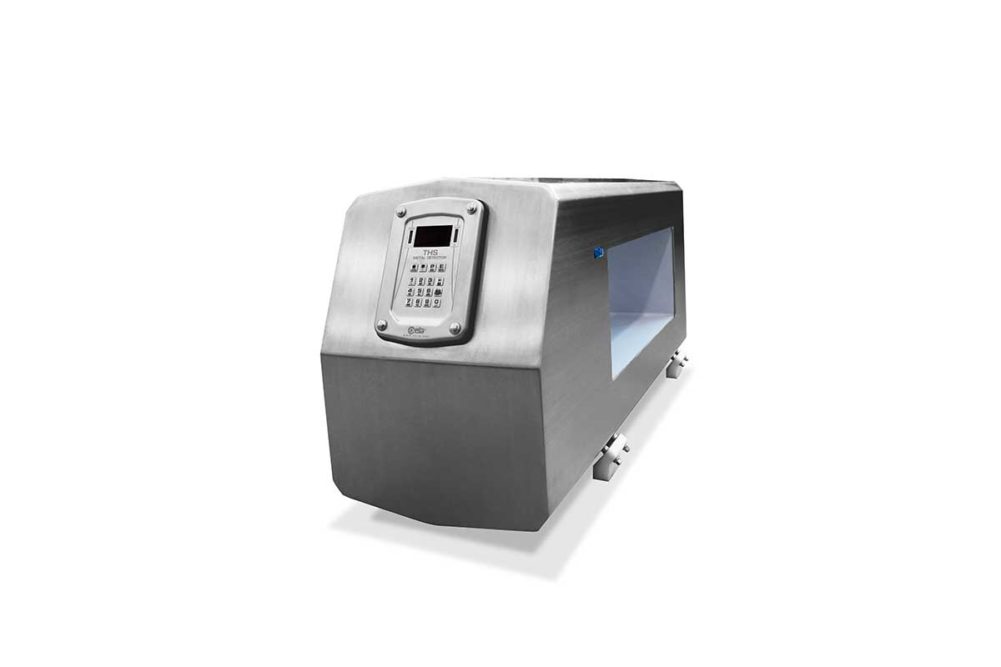Metal detectors sit at the end of bread lines, ensuring that products are safe for consumers before they leave bakeries. They are critical for success.
“Most high-speed bread lines operate on very thin profit margins, so maximizing throughput is extremely important," said Jordan Davis, product line manager, metal detection at Mettler-Toledo. "This relates directly to metal detector uptime.”
A few key elements ensure optimal efficiency. Todd Grube, product manager, inspection systems, Heat and Control, said that metal detectors require little maintenance besides regular checks to verify detection.
“Sensors and rejectors should be checked for proper operation, and compressed air systems should be kept clean, free of moisture and supplied with adequate pressure and volume,” he said. “Also, inoperable sensors or faulty pneumatic systems can result in contaminated product not being rejected from the line even though metal was detected. When possible, the sensors can be wired for self-monitoring so that a failure of the sensor triggers a fault to warn operators of a potential problem.”
Devices that remove products that have been flagged by a metal detector must be kept in tip-top shape.
“Utilizing correct reject devices that can operate at sufficient speed ensures they only affect the contaminated products to be rejected, and maintaining reject devices ensures that they are able to operate as specified,” said Eric Garr, regional sales manager for Fortress Technology.
Rejection systems include air blasts, which are fast and efficient, although they do not work well with heavy products.
For more weighty items, retracting conveyors or belts can be used to efficiently reject non-conforming products.
“That product will fall in and as it closes, there’s little risk of anything hanging up in it because you generally make them close as fast as the belt’s running or slightly faster so that other products don’t try to jump down into the reject bin as it’s closing,” Mr. Garr said.
Products that are not inspected cannot leave the bakery, so redundancy is key to avoiding downtime and ensuring there is always a food safety check in place.
“That redundancy allows that in the event of any issues with the equipment you have that backup,” Mr. Garr said.
Keeping workers well-trained and preventing unauthorized users from tampering with settings will ensure that things run safely, Mr. Davis said. The wrong settings cause problems that can escalate.
“This can cause false reject nightmares which clearly would affect the throughput of the line,” he explained. “Metal detectors deployed should have different function password access, and the passwords need to be customized for each person.”
Because every loaf of bread is a little different, such as air pockets or variations in bread mixes, auto-calibration can help by tracking these changes.
“The auto calibration feature continually learns these small trending changes to the product and will slowly adjust to that so that you don’t end up seeing false rejects,” Mr. Garr said.
Inspecting and maintaining critical equipment in high throughput bread packaging operations and keeping workers trained on how to operate and troubleshoot problems can keep systems running optimally.
This article is an excerpt from the March 2022 issue of Baking & Snack. To read the entire feature on Sliced Bread Packaging, click here.





